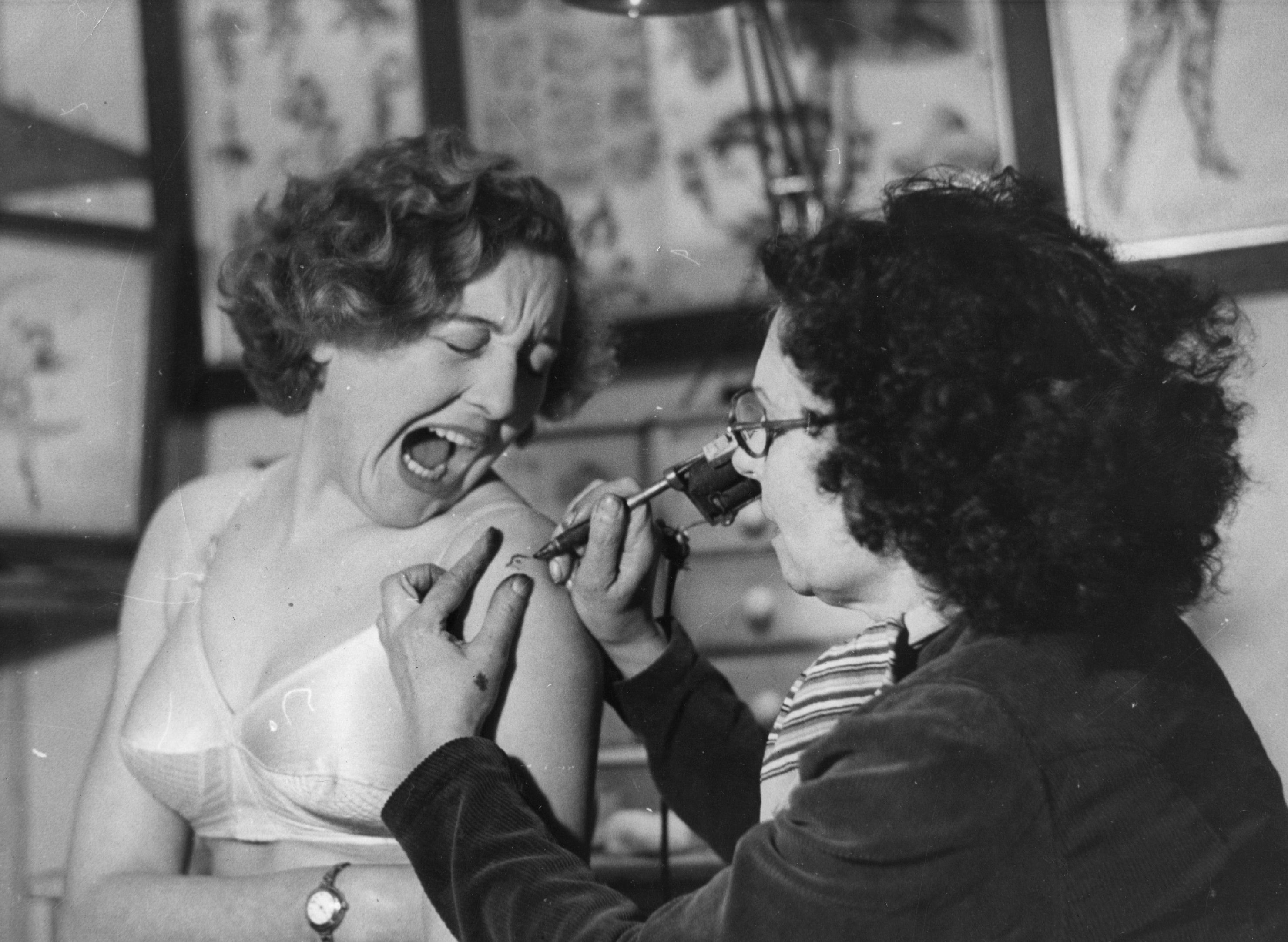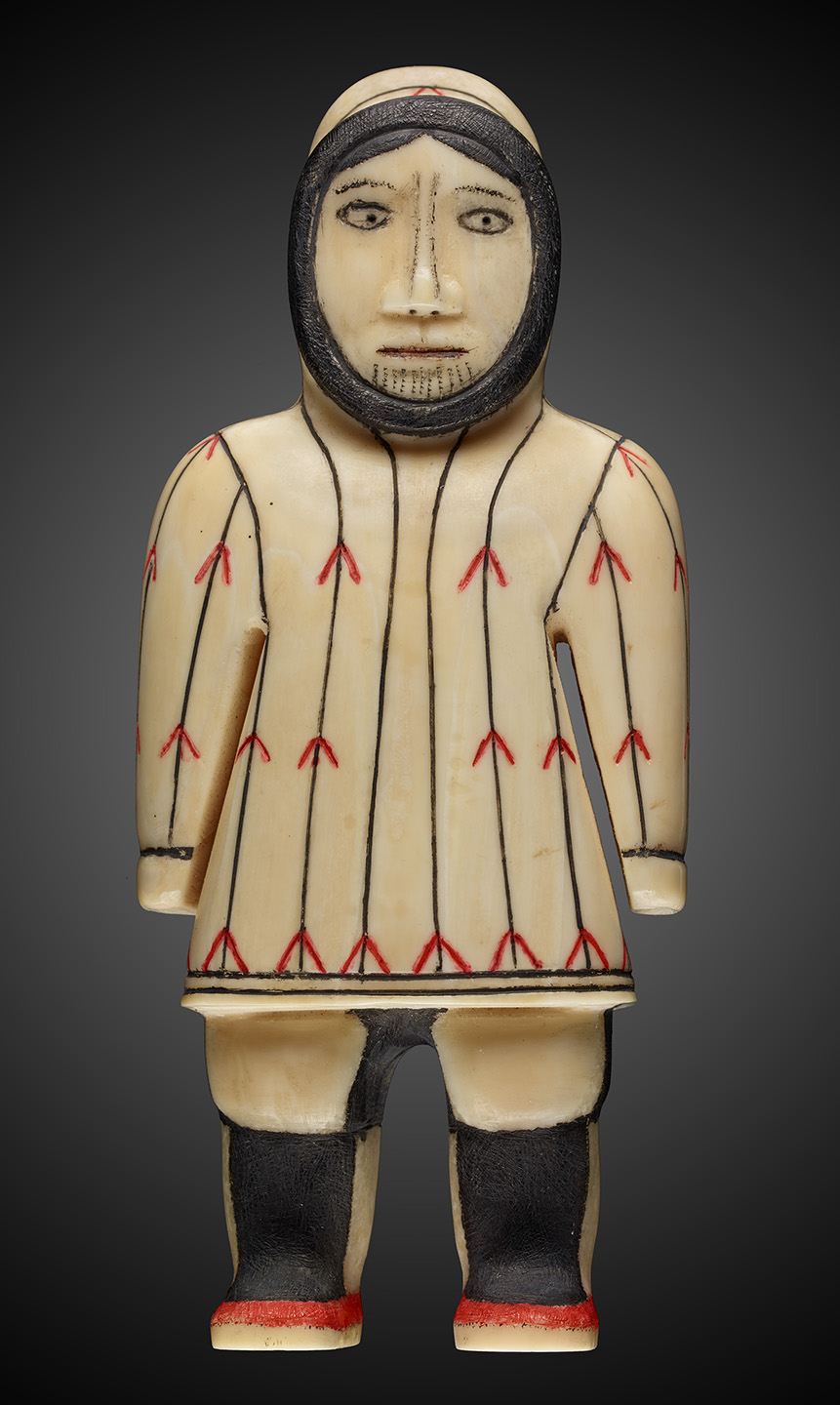
Throughout the School of the Art Institute of Chicago (SAIC), students and professors alike demonstrate diverse body art, tattoos included. From reiterations of famous art pieces to stick-and-pokes done by friends, tattoos and SAIC community members are inseparable.
While the notion that artists would enjoy participating in a lasting form of art isn’t necessarily out-of-the-ordinary, tattoo art has a special cultural and historical significance in the art world. The Field Museum aims to explore the connection between human lives and tattoo art in their exhibition “Tattoo.”
The exhibition is both approachable and comprehensive; it is designed for an audience that has no knowledge of tattoos, but it doesn’t leave tattooed viewers out.
“Tattoo” begins with a survey of the history of tattoos from its beginning in indigenous communities to the birth of Sailor Jerry and American traditional tattooing. The coverage of this area is culturally sensitive, inclusive, and highlights the neglected history of indigenous body art.

Features include a video on Kalinga tattooer Fang-Od Odday, images of indigenous tattoo rituals, and early examples of flash sheets. In creating this focus, the Field Museum dismantles the idea that tattoos are simply a form of rebellion or disrespect in Western culture.
It is refreshing to see tattoos discussed with consideration to history and cultural significance rather than with the stigma they’re often given in the U.S. It is clear that the curators made a real effort to use knowledge in the fight to decriminalize tattoos. In fact, it’s made very clear that tattoo art is much more complex, personal, and culturally important for tattooed people.
Though the exhibition is largely positive, there’s a dark history to tattoos as well. In collaboration with the Illinois Holocaust Museum, it also covers the painful use of tattoos as a form of punishment. While emphasis is placed on tattoos during the Holocaust, the use of tattoos as branding in sex slavery is touched on as well.
This area of the exhibition is paired with an examination of tattoos in prison through photos of incarcerated members of the El Salvadoran gang Las Maras by Isabel Muñoz. Inclusion of these darker areas in the history of tattoo art are important to make up a comprehensive history.
Perhaps the most exciting aspect of the exhibit is the live tattoo studio. The Field Museum has recreated a tattoo shop that features local tattooists working in front of the exhibit’s audience. Flash sheets by the artists are on display, but slots to be tattooed have been booked for months. Artists participating in the live demos include Chicago Tattoo’s Joel Molina (@gentlemanjoel), Speakeasy Custom Tattoo’s Jennifer Trok (@jennifertroktattoos), Black Oak Tattoo’s Tine Defiore (@tinedefiore), and Stephanie Brown of Butterfat Studios (@feralcatbox). While slots are fully booked, just having the chance to watch Chicago’s most talented tattoo artists at work is a truly unique opportunity.

Trok shared her thoughts on the changing perception of tattoos in an email exchange with F Newsmagazine. “The perception of tattoos by the general public has changed substantially since I started tattooing. It has become more accepted, especially in big cities, and because of reality TV there seems to be more of an interest in the field even by people who don’t have tattoos,” she said.
In terms of tattoos moving away from an anthropological discussion (as in the Field’s exhibit) and into fine art, Trok explained that “tattooing shouldn’t be viewed in the same manner as fine art. The client has decision-making power so there isn’t just a relationship with the art, artist, and viewer. Because the client is the one who wears the tattoo, the artist has no control over the environment in which the art is viewed. Although tattooing can be conceptual, aesthetics play a much larger role in tattoos.”
“Tattoo” at the Field Museum makes the culture, history, and significance of tattoos approachable and intriguing. Those unfamiliar with or skeptical about tattoos have the opportunity to learn about the historical significance behind body art. Tattooed people and tattooers are able to see an art form they admire on display in a museum setting. The live tattooing provides insight into modern tattooing practices and artists as well as the privilege to see great artists work.
Tattoo at the Field Museum is on display through April 30, 2017. Reduced price tickets are available with presentation of a student ID.







